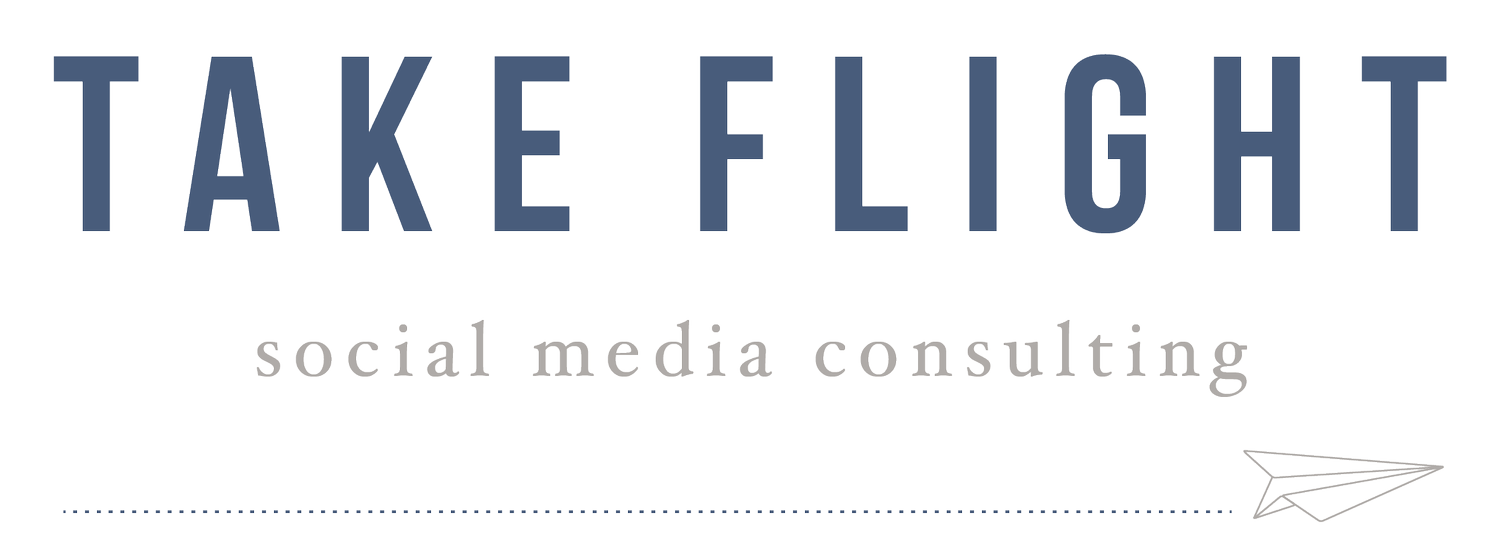Using hashtags on social media can be a touchy subject. Some people hate them and some people love them — maybe even a little too much. Others remained confused by them. However, using the right hashtag or combination of hashtags, and mixing them up regularly, helps expose your brand to a larger and more targeted audience.
Do a little hashtag research
Before deciding on which hashtags to use consistently, check out which ones are already working in your niche. Look at competitors’ feeds and dive into their hashtag use. You might get ideas to add to your own list, or you might realize your list is already too similar to a close competitor, and you’ll want to diversify to get your posts in front of different eyes. Instagram helps you figure out what might work by including a “related hashtags” feature near the top of any hashtag page. Taking a look at your top followers helps, too. You can see what hashtags they use on their own posts and where they spend their Instagram time and attention.
Don’t fall victim to faux-hashtagging
Hashtags sometimes become a dumping ground for people’s reactions to their own posts. You might be scrolling along and see someone hashtag a post with a random thought, like #mondaysdrivemecrazy. While that might be true, a quick click-through shows only a few posts using that hashtag. To really increase views on a post, the majority of the hashtags you use should be established ones. An alternative might be something like #mondaysaretheworst — with over 13,000 posts and counting.
Check all hashtags for problematic content
As you build your hashtag lists, be sure to check each hashtag individually. You’ll want to be sure you aren’t using something with problematic or flagged content. Some hashtags sound innocent but have taken on a life of their own on social media, and you want to be sure anything you’re using aligns with your brand’s message and values. It doesn’t hurt to do checks once a month or so, just to make sure nothing has changed from the time you originally researched relevant tags.
Keep a list of relevant hashtags
Once you’ve built a core group of hashtags to use on your post, keep them in a handy spot. Using the exact same list every time can limit your reach, so we recommend building a few different lists for different types of posts. Depending on your brand’s content, you might have lists for travel posts, throwback posts, and small business tips and solutions. Copying and pasting your list will save you from having to retype them each time you post. We have them saved in our Notes app, but you can determine the best practice for your own posting!
Use strategic hashtag placement
Hashtags play an important role in building an Instagram presence, but they don’t always look pleasing in a post. If you’re using more than one or two — and we think you should! — you’re going to want to place them strategically. One way to do that is to write your caption, post your image, and then immediately comment with your hashtag list in the first comment. Another way to keep your caption uncluttered is to create “white space” in your caption and put the hashtag list at the end. Hit return when you’re finished writing your caption, use a small punctuation mark, like a period, and repeat a few times. Instagram hides captions after 3 lines, so your hashtags are only visible to your followers if they click “more” when reading your caption.
Use your Insights
You can’t argue with data. Setting up a business account on Instagram gives you access to Insights, so you can see metrics on your posts. Keep an eye on which hashtags perform well and which don’t. The beauty of using hashtags is you can switch them out and mix and match at any time. Instagram allows up to 30 hashtags in one post, though we recommend between 10 and 12 for optimal engagement.
Include hashtags in Instagram stories
Don’t forget to include your hashtags in Instagram stories! When you’re using them, you can minimize the visual distraction by shrinking them to a very small size. If it works with your brand, you can even cover them with a sticker or other branded visual. The extra step in your stories can make a difference in the impressions you get.
Create — and use! — branded hashtags
A powerful tool for larger brands, small businesses can leverage branded hashtags as well. We love seeing how Lululemon uses #thesweatlife as a community hashtag and think it’s a perfect example of creating an opportunity for followers to get involved in their Instagram presence. When planning a branded hashtag, you can think of them in two ways. The first is a short-term hashtag used specifically for one campaign, contest, or season. You can also create a hashtag you use consistently, encouraging your community to participate by tagging their own photos of your products or a particular aesthetic you’re promoting, such as beach images or home work spaces. Quick tip: always ask permission before re-gramming images. It can help build goodwill and even relationships with followers — and potential customers.
Don’t forget to engage
I know we mention engagement a lot, but I’m going to recommend it again! All of the hashtags in the world won’t help you to build your social media presence if you post and run. Be sure to respond to commenters and followers, and spend some time each day — or week — clicking through to new followers’ feeds to comment on their posts as well. Building relationships takes time, but it pays off, especially for small business and brands. Relationships give you the opportunity to highlight your expertise and go a long way in creating an authentic presence online.


